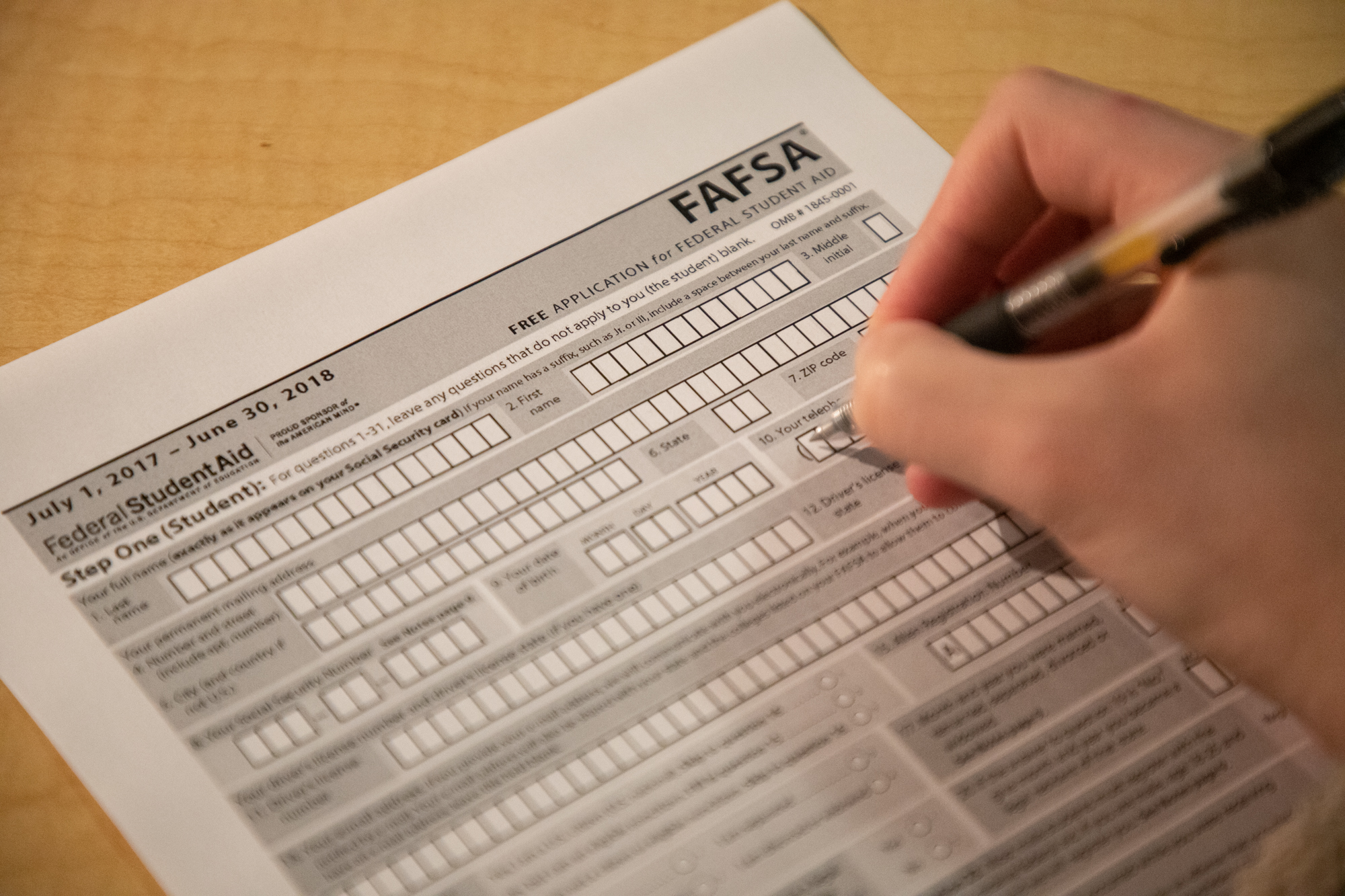This article is part of The Diamondback’s 2021 Orientation Guide. Click here for the rest.
Para leer este artículo en español, haga clic aquí.
Now that you’ve been accepted into the University of Maryland, you may be navigating the financial aid process or wondering what you could have done differently. There’s one thing we all know for sure — the financial aid process is overwhelming and daunting. College comes with a big price tag.
Over the past three decades, college tuition costs have skyrocketed. At four-year public schools tuition has jumped from around $4,000 annually to over $10,000, according to data from the College Board.
The University System of Maryland sets tuition for all institutions in the university system, including this university. They approve increases to in-state and out-of-state tuitions, such as the recently-announced increase for the 2021-2022 academic year. Out-of-state tuition will grow by 5 percent, jumping from $34,936 to $36,683. In-state tuition will increase 2 percent from $8,824 to $9,000.
But don’t fret — here’s a breakdown of different types of financial aid and some tips to help you along the way from a seasoned scholarship applicant.
Federal and state based aid
By now, you might already know what FAFSA is and why it’s important. But as a refresher, FAFSA, otherwise known as the Free Application for Federal Student Aid, allows students pursuing undergraduate or graduate degrees to apply for federal financial aid. This can be applied toward tuition, fees, room and board, textbooks and other school-related expenses.
Some states also have financial aid programs for state residents who attend college in the state and outside of it, as well as out-of-state students. In Maryland, there’s MDCAPS, which processes applications for state-sponsored scholarships. Programs like this usually use the information entered in your FAFSA application to determine what kind of state-based aid you would be eligible for.
Regardless of how you or others may perceive your financial situation, it’s still important to apply for both federal and state-based aid because you may still be offered federal aid or your application can be used for state awards.
Now, you’re probably curious about what types of aid exist and how they work. Below, you’ll find a breakdown of each one.
Breaking down different types of aid
Scholarships
Scholarships come in all forms, shapes and sizes. You also don’t have to repay the amount back. Scholarships can be either merit-based or based on a student’s financial need. You can find thousands of scholarships to apply to online, but don’t forget to also apply to smaller, local ones in your area.
If you already know what you’re majoring in, I highly recommend searching for professional groups related to your major that fund scholarships. If you live in Maryland, you can also apply for delegate and senatorial scholarships.
Grants
Grants are another great way to fund your education. You don’t need to worry about paying these back either. Most grants are given to students based on financial need, but that shouldn’t stop you from applying if you can. The federal government offers several grants through FAFSA, such as the Federal Pell Grant. Universities also sometimes offer grants.
Loans
Loans are where it gets really tricky in the world of financial aid. A loan is money you borrow from the government, bank, financial institution or other organization, which you must pay back with interest. Private loans can be more difficult to navigate, but federal student loans usually have more benefits, according to the U.S. Department of Education. The two most common types of federal student loans are direct subsidized or direct unsubsidized. Direct subsidized loans are based on financial need and do not need to be paid until you graduate. Direct unsubsidized loans, though, are not based on financial need and students are responsible for paying the interest.
Work-study
Last, but certainly not least, federal work-study provides students who show financial need with part-time jobs. The work-study program is available to both full-time and part-time students. The money earned is meant to help students cover education-related expenses.
Resources for transfer students
If you’re a transfer student, you might be wondering what kind of aid you’re eligible for. You should still apply for FAFSA and any state-based aid you qualify for, but as a transfer student, you also have access to additional scholarships or financial aid programs specifically for transfer students. At this university, transfer students are automatically reviewed for some merit scholarships, while other scholarships require an application. To learn more about these opportunities, visit this page.
Resources for undocumented students
Navigating the financial aid process is hard enough as it is, but as an undocumented student, it can be even more daunting. While some financial aid programs require students to be U.S. Citizens, you can also find scholarships or other programs that offer financial assistance to undocumented students.
The Immigrant and Undocumented Student Life Program at this university also offers an extensive online list of scholarships and other financial resources available to undocumented students.



